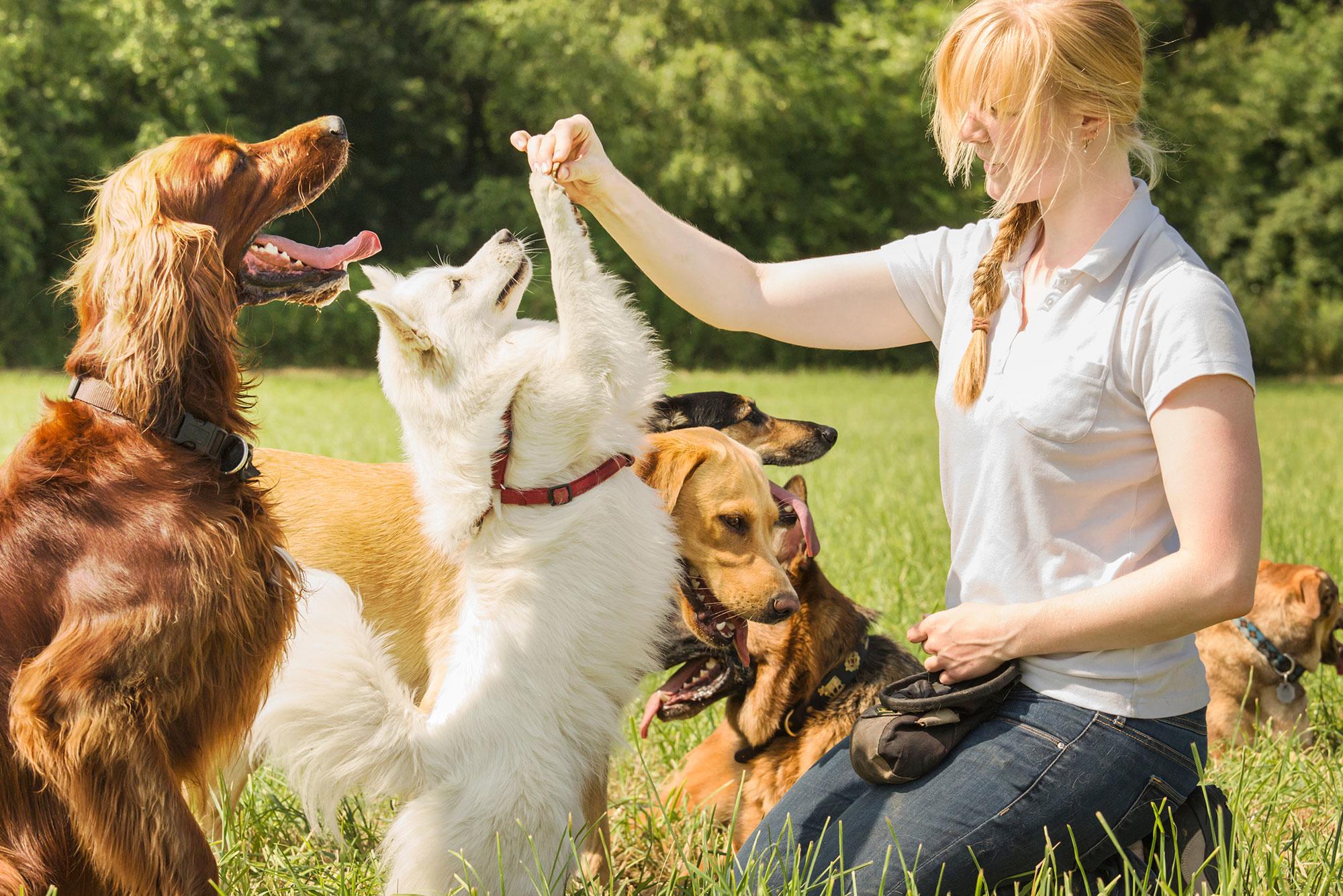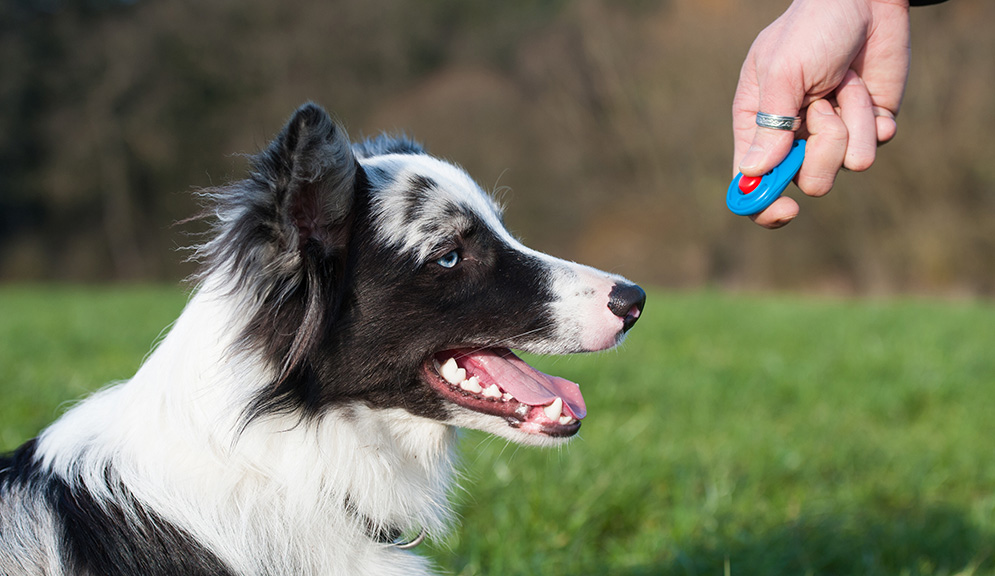Necessary Tips for Successful Dog Training: A Guide for Animal Owners
Reliable pet dog training is a complex process that requires a strategic technique tailored to both the family pet's temperament and the owner's objectives. Secret components such as establishing constant commands, employing positive support, and promoting very early socializing play vital duties in promoting a well-adjusted canine friend. Nonetheless, numerous pet dog owners run into obstacles that can impede progress, leading to aggravation and unpredictability. Understanding how to navigate these obstacles can significantly improve the training experience, inevitably changing the relationship between proprietor and canine. What are the necessary strategies that can be utilized to guarantee success in this venture?
Recognizing Canine Actions
Recognizing pet dog actions is important for efficient training and fostering an unified connection in between dogs and their owners. Canines communicate primarily via body language, vocalizations, and activities, making it important for proprietors to analyze these signals accurately. Acknowledging a dog's stance, tail position, and ear orientation can give insights into its emotion. A wagging tail does not constantly indicate happiness; it can likewise indicate exhilaration or stress and anxiety.

Socializing plays a substantial duty in canine actions; exposure to various environments, people, and other animals can dramatically impact a dog's character. Additionally, variables such as type qualities and private personality ought to lead training approaches, as some types may have details behavior characteristics that necessitate tailored strategies. By comprehending these components, owners can develop an encouraging environment that encourages favorable behavior, bring about successful training outcomes and a much deeper bond with their pets.
Developing Regular Commands
Reliable interaction with your pet starts with developing regular commands. This foundational aspect of training is vital for cultivating understanding between you and your pet. Consistency in the commands you use guarantees that your canine can reliably link certain words or phrases with the wanted behaviors.
When selecting commands, choose clear, distinct words that are very easy to distinguish and say from each other. Prevent using similar-sounding commands that might puzzle your canine. Making use of "sit" and "stay" is suitable, but "rest" and "hit" could lead to misconceptions.
Furthermore, preserve the very same tone and volume for every command. Pets are delicate to singing hints, so differing your tone can create complication.
It is just as essential to make certain that all member of the family get on the very same web page regarding the commands utilized. A united front in command usage will certainly prevent combined signals and strengthen the learning process.
Positive Reinforcement Strategies
The power of favorable reinforcement in pet dog training lies in its ability to urge preferred actions with benefits and appreciation. This strategy is based in the principle that behaviors followed by positive results are most likely to be repeated. By including favorable reinforcement into your training routine, you can effectively form your pet dog's actions in a his response positive fashion.
To apply positive reinforcement, it's important to recognize what inspires your canine, whether it be treats, toys, or spoken praise. When your pet dog performs a preferred action, such as remaining on command, immediately compensate them with a reward or affection. This association between the command and the positive end result strengthens their understanding.
It's vital to timing the incentives properly; delivering the reinforcement within secs of the desired habits aids your canine make the link (dog training). Furthermore, consistency is essential-- make sure that all member of the family utilize the very same commands and incentive systems to avoid confusion

Progressively, you can reduce the frequency of deals with as your pet dog discovers the habits, transitioning to praise or recurring rewards. This method not just cultivates a solid bond in between you and your canine but additionally promotes a favorable understanding atmosphere, making training a satisfying experience for both.
Socialization and Interaction
Consistently revealing your canine to a variety of atmospheres, individuals, and other animals is critical for their social growth. Socialization must start early, preferably throughout the crucial home window of 3 to 14 weeks, when puppies are most receptive to brand-new experiences. Older canines can additionally profit from ongoing socializing efforts.
Present your pet to different setups, such as parks, pet-friendly stores, and city areas. This exposure aids them adapt to various stimuli, reducing stress and anxiety and concern actions. Urge positive interactions with other canines and individuals, guaranteeing that these encounters are risk-free and regulated to promote confidence.
Use organized playdates with well-mannered see pet dogs, as this can enhance your dog's social abilities and show them ideal behavior. Obedience courses and training sessions likewise supply superb opportunities for socialization, allowing your pet dog to communicate with others in a monitored atmosphere.
Monitor your pet's body language during interactions, as this will aid you determine their convenience degree. Progressively boost direct exposure to more difficult scenarios while article source making certain that each experience is favorable. A well-socialized dog is most likely to display balanced behavior, making them a delight to have in any kind of setting.
Attending To Common Training Challenges
Every pet dog owner will run into training challenges at some factor, despite their pet dog's age or socializing level. Identifying usual problems such as stubbornness, diversions, and terror can help in developing effective techniques for enhancement.

Diversions during training sessions can derail focus. To battle this, begin training in a quiet atmosphere with very little stimulations. Progressively present diversions as the pet becomes a lot more skilled in commands. Short, constant training sessions are also effective in maintaining focus.
Terror can hinder a canine's understanding procedure. Progressive desensitization to the resource of anxiety, combined with positive support, can aid alleviate stress and anxiety. Patience is essential; never ever compel a pet dog into a situation that triggers distress, as this may exacerbate the problem.
Eventually, understanding and resolving these common difficulties with a structured strategy will certainly promote an extra productive training experience, reinforcing the bond between dog and owner while promoting efficient discovering.
Final Thought
In recap, successful pet dog training depends on a detailed understanding of canine behavior, the establishment of constant commands, and the application of favorable support methods. Socialization plays an essential function in establishing well-adjusted pet dogs, while dealing with common training challenges needs persistence and flexibility. By executing these crucial strategies, pet dog proprietors can cultivate a strong bond with their canines and advertise preferable actions, inevitably causing an unified relationship between human beings and their canine companions.
Recognizing pet dog behavior is vital for reliable training and fostering a harmonious partnership in between canines and their owners.Socialization plays a substantial role in dog actions; exposure to different settings, people, and other animals can substantially affect a pet dog's character.The power of favorable support in pet dog training lies in its capability to urge desired actions with incentives and praise. By including favorable support right into your training routine, you can successfully shape your dog's behavior in a useful fashion.
In recap, successful dog training counts on a detailed understanding of canine actions, the facility of regular commands, and the application of positive reinforcement techniques.